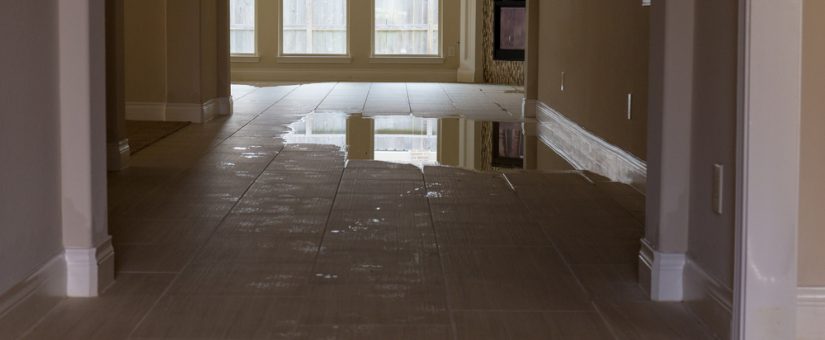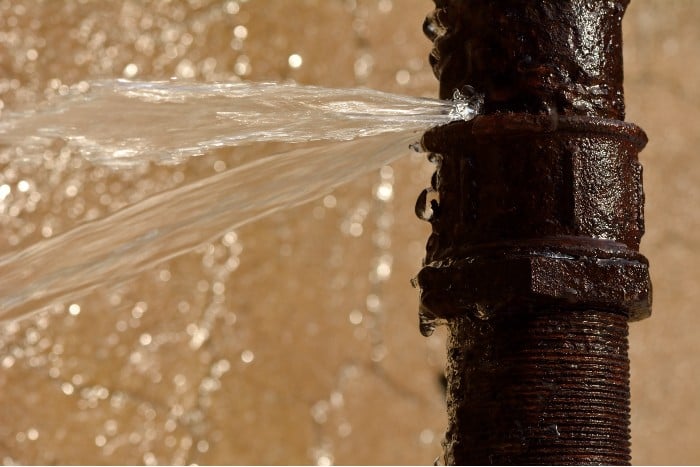The Six Most Common Origins of Water Leaks in Your Home: A Guide
The Six Most Common Origins of Water Leaks in Your Home: A Guide
Blog Article
Listed here down the page you will discover lots of sensible guidance pertaining to How to detect water leaks in your home.

Leaks not only create waste of water but can also cause unneeded damages to your house as well as promote unwanted organic development. However, water leakages may go unnoticed since a lot of the pipework in our residence is concealed. By understanding and looking for everyday scenarios that create leakages, you can secure your home from future leakages as well as unnecessary damages. Today, we will certainly take a look at six leakage triggers that may be creating your pipelines to drip.
Intruding roots
The majority of water leakages start outside the house rather than inside it. If you observe a sudden decline in water pressure, state in your tap, take some time to go out and also examine your backyard. You might observe damp patches or sinkholes in your yard, which could imply that tree origins are invading water lines triggering water to seep out. You can have your plumber look for intrusion, particularly if you have trees or hedges near your home.
Rusty water systems
As time goes by, your plumbing system ages and rust such as corrosion may begin eating away the pipes. This could be the cause of discoloration or warping on your pipes. This asks for an examination with your plumber instantly. Take into consideration changing the pipes since they are at a higher threat of deterioration than the more recent models if our plumbing system is old.
Malfunctioning Pipeline Joints
The factor at which your pipelines attach is regularly the weakest link in the waterline. Pipeline joints can deteriorate over time, resulting in water leaks. The majority of pipe joints are not easily visible. If you have noisy pipes that make ticking or banging sounds, specifically when the warm water is activated, your pipeline joints are probably under a lot of pressure. It is a good idea to have your plumber evaluate your system yearly.
Instantaneous temperature changes.
Extreme temperature adjustments in our pipes can trigger them to increase as well as get all of a sudden. This development and tightening might trigger splits in the pipelines, especially if the temperature level are below freezing.
Poor Water Connectors
At times, a leakage can be caused by loose pipes as well as pipes that provide your appliances. In situation of a water links leakage, you might discover water running directly from the supply line or puddles around your home appliances.
Clogged Drains
Obstructed drains pipes could be annoying and also inconveniencing, but they can occasionally end up creating an overflow resulting in break pipes. Keep getting rid of any materials that may go down your drains that might obstruct them to stay clear of such aggravations.
All the above are reasons for leaks yet not all water leaks arise from plumbing leaks; some leakages may come from roofing system leaks. All leakages must be repaired instantly to prevent water damage.
Leakages not just trigger waste of water yet can likewise cause unnecessary damage to your home and promote unwanted organic growth. By looking as well as comprehending for day-to-day scenarios that create leaks, you can protect your home from future leakages and also unneeded damages. Today, we will certainly look at 6 leakage creates that may be causing your pipes to drip.
At times, a leak can be caused by loose hoses and pipes that supply your appliances. In case of a water connections leak, you might see water running straight from the supply line or puddles around your appliances.
How To Check For Water Leak In Your Home
How To Check for Leaks
The average household's leaks can account for nearly 10,000 gallons of water wasted every year and ten percent of homes have leaks that waste 90 gallons or more per day. Common types of leaks found in the home are worn toilet flappers, dripping faucets, and other leaking valves. These types of leaks are often easy to fix, requiring only a few tools and hardware that can pay for themselves in water savings. Fixing easily corrected household water leaks can save homeowners about 10 percent on their water bills.
To check for leaks in your home, you first need to determine whether you're wasting water and then identify the source of the leak. Here are some tips for finding leaks:
Take a look at your water usage during a colder month, such as January or February. If a family of four exceeds 12,000 gallons per month, there are serious leaks.
Check your water meter before and after a two-hour period when no water is being used. If the meter changes at all, you probably have a leak.
Identify toilet leaks by placing a drop of food coloring in the toilet tank. If any color shows up in the bowl after 10 minutes, you have a leak. (Be sure to flush immediately after the experiment to avoid staining the tank.)
Examine faucet gaskets and pipe fittings for any water on the outside of the pipe to check for surface leaks.
Undetected water leaks can happen without the home or business owner even realizing. If you suspect a water leak, but not able to find the source. It is time to contact a professional water leak detection service, The Leak Doctor.
How To Find a Water Leak In Your Home
https://www.leakdoctor.com/blog/How-To-Check-For-Water-Leak-In-Your-Home_AE197.html

Do you appreciate reading up on Common Water Leaks In House? Leave a remark down the page. We'd be pleased to hear your feelings about this page. Hoping that you come back again later on. Enjoyed our write-up? Please share it. Let others find it. Kudos for your time. Visit us again soon.
Book Now! Report this page